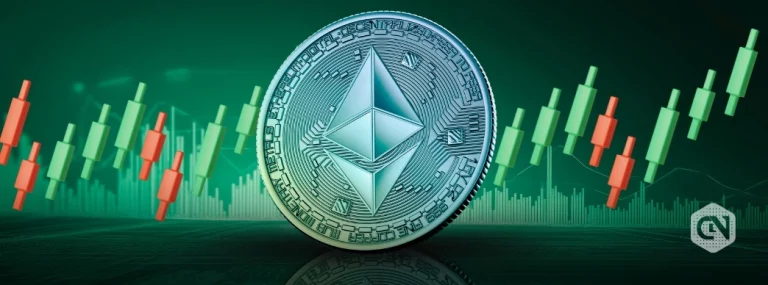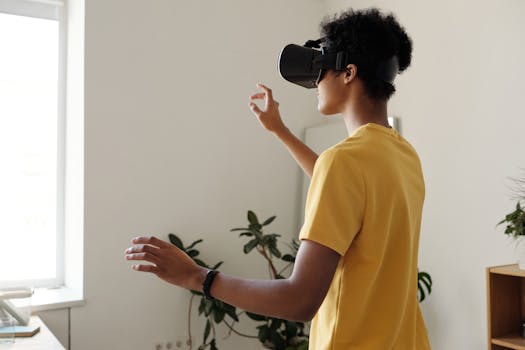
The Rise of Artificial Intelligence
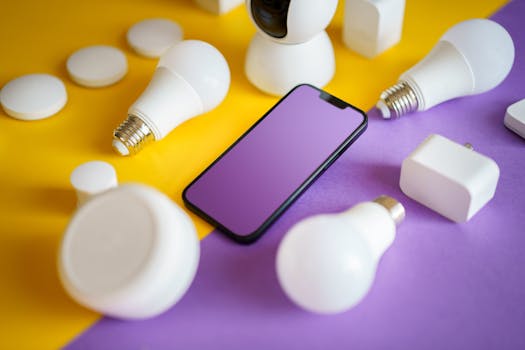
In 2025, artificial intelligence has transcended its status as a tool. No longer just the backbone of software applications, AI is now integrated deeply into hardware—from smart appliances to wearable devices. Today’s AI algorithms come alive in real-time data processing, making everyday gadgets much smarter than before. Home automation systems driven by AI now intuitively adapt to the routines of users, learning preferences and responding predictively—a significant leap in creating truly personalized living experiences.
The Evolution of Wearable Technology

Wearable technology continues to evolve in 2025. Gone are the days of simple fitness trackers; today’s wearables accomplish much more. With advancements in biotechnology, smartwatches now monitor vital health metrics like blood glucose levels non-invasively, offering real-time feedback for optimal well-being. These devices possess sophisticated AI that not only tracks health trends but can also alert users to potential health issues before they arise, foreseeing what could have previously gone unnoticed, redefining preventive healthcare.
Smart Home Integration
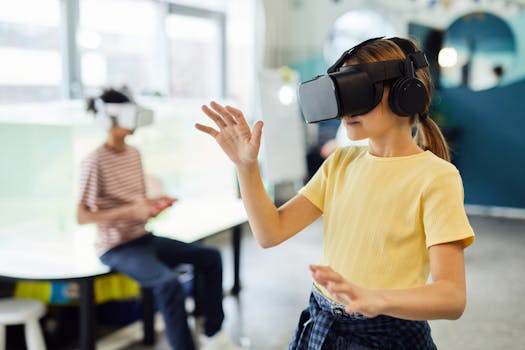
Smart homes have reached a new pinnacle in 2025. The introduction of advanced communication standards allows diverse smart devices—from kitchen appliances to security systems—to interact seamlessly. Integrated platforms leverage AI to manage energy consumption, ensuring households not only gear up for sustainability but are also bolstering security and convenience. Imagine coming home to an environment customized to fit your mood, with lights dimmed, favorite tunes playing, and food ready in the oven, all thanks to your AI-driven smart home!
The Impact ofUltra-Fast Connectivity
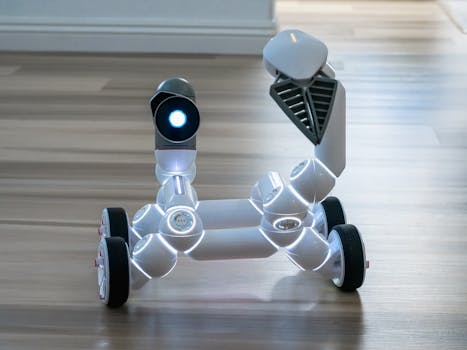
With the world’s infrastructure embracing 5G and beyond, connectivity has become instantaneous and ubiquitous. In 2025, this ultra-fast, low-latency network empowers gadgets to interact with each other and the cloud like never before. AR and VR experiences are not only on personal devices but are tapping into public spaces through mixed reality installations, enhancing how we perceive leisure, education, and professional environments. This near-instant access to vast stores of information enriches experiences while driving productivity in unimaginable ways.
Innovative Green Technology
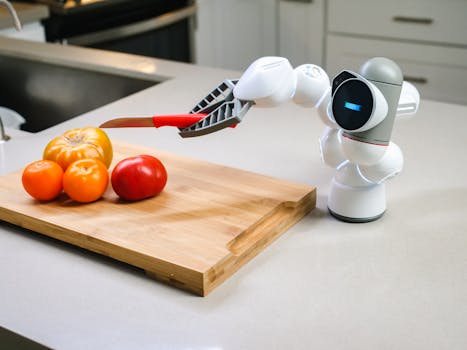
Lastly, 2025 is witnessing a remarkable shift towards eco-conscious gadgets. As aware consumers increasingly demand sustainability, tech companies have amplified efforts to design energy-efficient products. From solar-powered gadgets to e-paper displays that consume substantially less energy, the focus is on reducing carbon footprints. Advances in materials allow for gadgets that are not only eco-friendly in production but recyclable and sustainable in their lifecycle, which challenges the tech industry to rethink traditional models of electronics consumption.





